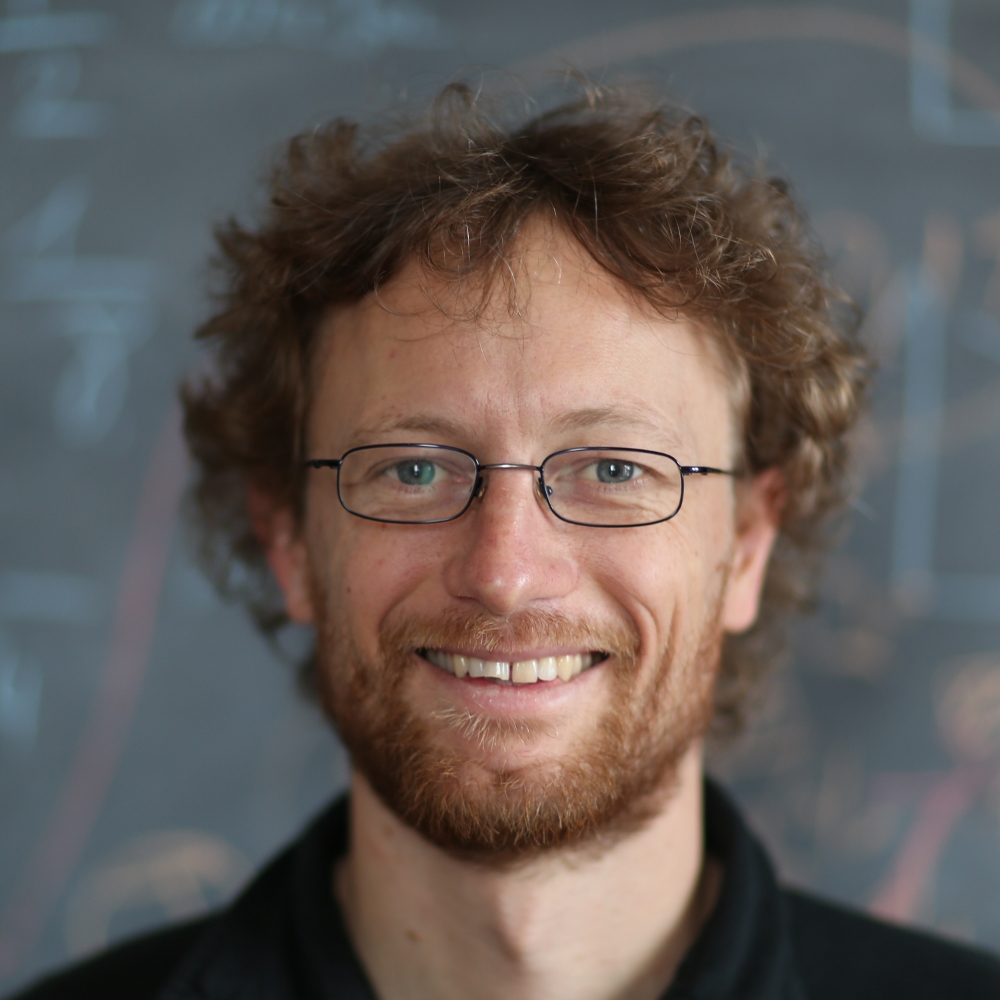Professeur des Universités (Professor)
Supervisor of MAUCA (Master in Astrophysics at University Côte d'Azur)
UMR LAGRANGE - Equipe planétologie
office: PHC N-06
phone: +33 4 92 00 30 52
email: aurelien.crida@oca.eu
address:
P.H.C.
Boulevard de l'Observatoire
CS 34229
06304 Nice Cedex 4
secondary address:
Bâtiment H. Fizeau
Campus Valrose
28, Avenue Valrose
06108 Nice Cedex 2
Bureau : 01-014
Tél. : +33492076311
Research interests :
My field of interest is planet formation in general. More specifically, I work on the migration of planets, and on the origin of their satellites, and I am also interested in the characterisation of exoplanets.
Planetary migration is due to the gravitational interaction between the planets and the proto-planetary disk in which they are born. On the theory and the causes of planetary migration, I (have) work(ed) on aspects such as the corotation torque, the opening of a gap, and mainly the type II migration of giant planets, but also on the structure of the protoplanetary disk. On the applications and consequences, I (have) study(ied) how several planets get caught in resonance, in particular in the case of the solar system, and on the inclination of the final planetary system with respect to the disk and to the equatorial plane of the star.
The satellites of Saturn are interacting with the main rings in a way very much similar to planets with a proto-planetary disk, and therefore, they migrate outwards. We have shown that this implies that the regular satellites of Saturn are actually born from the rings (which are likely several billion years old) as they spread beyond the Roche radius. This process explains the mass-distance distribution of the satellites, and applies also to the satellite systems of Uranus, Neptune, the Earth and Mars.
Selected publications :
On the width and shape of gaps in protoplanetary disks
Crida, A.; Morbidelli, A.; Masset, F., 2006, Icarus, 181, 587-604
doi : 10.1016/j.icarus.2005.10.007 ; http://adsabs.harvard.edu/abs/2006Icar..181..587C ; PDF
Minimum Mass Solar Nebulae and Planetary Migration
Crida, A. 2009, ApJ, 698, 606-614
doi: 10.1088/0004-637X/698/1/606 ; http://adsabs.harvard.edu/abs/2009ApJ...698..606C ; PDF
Formation of Regular Satellites from Ancient Massive Rings in the Solar System
Crida, A.; Charnoz, S., 2012, Science, 338, 1196-1199
doi: 10.1126/science.1226477 ; http://adsabs.harvard.edu/abs/2012Sci...338.1196C ; PDF ; Article + SI
Spin-orbit angle distribution and the origin of (mis)aligned hot Jupiters
Crida, A.; Batygin, K., 2014, A&A, 567, A42
doi: 10.1051/0004-6361/201323292 ; http://adsabs.harvard.edu/abs/2014A%26A...567A..42C ; PDF
Mass, Radius, and Composition of the Transiting Planet 55 Cnc e: Using Interferometry and Correlations
Crida, A.; Ligi, R.; Dorn, C.; Lebreton, Y., 2018, ApJ, 860, 122
doi: 10.3847/1538-4357/aabfe4 ; http://adsabs.harvard.edu/abs/2018ApJ...860..122C ; PDF
+ doi: 10.3847/2515-5172/aae1f6 ; http://adsabs.harvard.edu/abs/2018RNAAS...2c.172C ; PDF
Are Saturn's rings actually young?
Crida, A.; Chanorz, S.; Hsu, H-W.; Dones, L., 2019, Nature Astronomy, 3, 967-970
doi: 10.1038/s41550-019-0876-y ; https://ui.adsabs.harvard.edu/abs/2019NatAs...3..967C ; PDF





